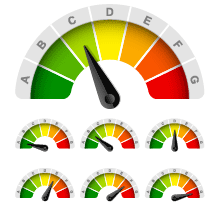 The Learning & Development Spectrum:
The Learning & Development Spectrum:
Different Approaches to People Development
Organisations use different strategies for developing their people depending on their culture and attitudes. We have clients who use all of these strategies but most tend to have one which is their default. We are happy to work with you and design programmes which fit with your current approach and, if appropriate, help you to broaden the range of development strategies which you employ. You can also download the spectrum and complete a self-assessment for your own purposes.

| Main Activities |
|
| Core Focus |
|
| Driven by |
|
| Role of Line Managers |
|
| Role of L&D Professionals |
|
| Measuring Effectiveness |
|
| Impact or Outcome |
|
| Key Questions to Ask |
|

| Main Activities |
|
| Core Focus |
|
| Driven by |
|
| Role of Line Managers |
|
| Role of L&D Professionals |
|
| Measuring Effectiveness |
|
| Impact or Outcome |
|
| Key Questions to Ask |
|

| Main Activities |
|
| Core Focus |
|
| Driven by |
|
| Role of Line Managers |
|
| Role of L&D Professionals |
|
| Measuring Effectiveness |
|
| Impact or Outcome |
|
| Key Questions to ask |
|

| Main Activities |
|
| Core Focus |
|
| Driven by |
|
| Role of Line Managers |
|
| Role of L&D Professionals |
|
| Measuring Effectiveness |
|
| Impact or Outcome |
|
| Key Questions to Ask |
|

